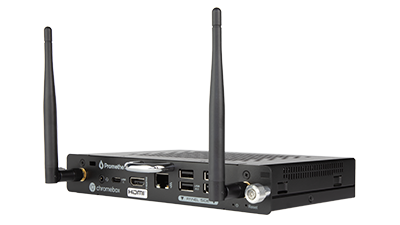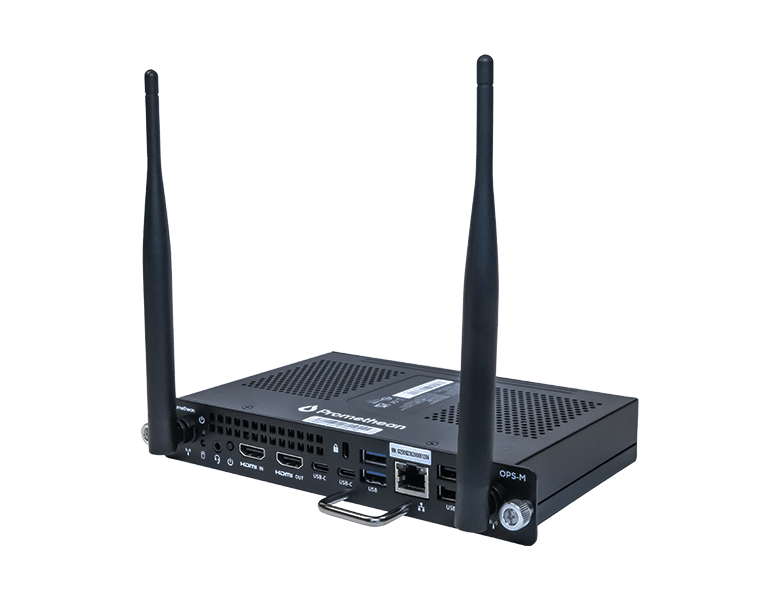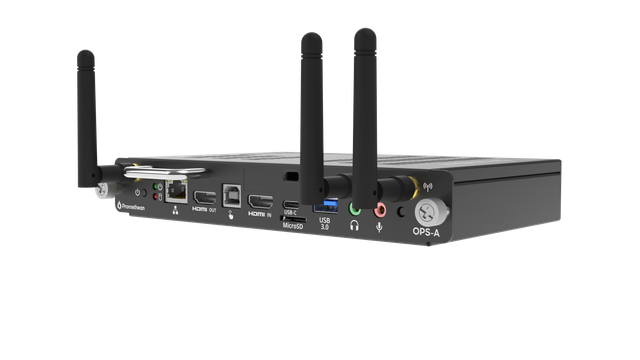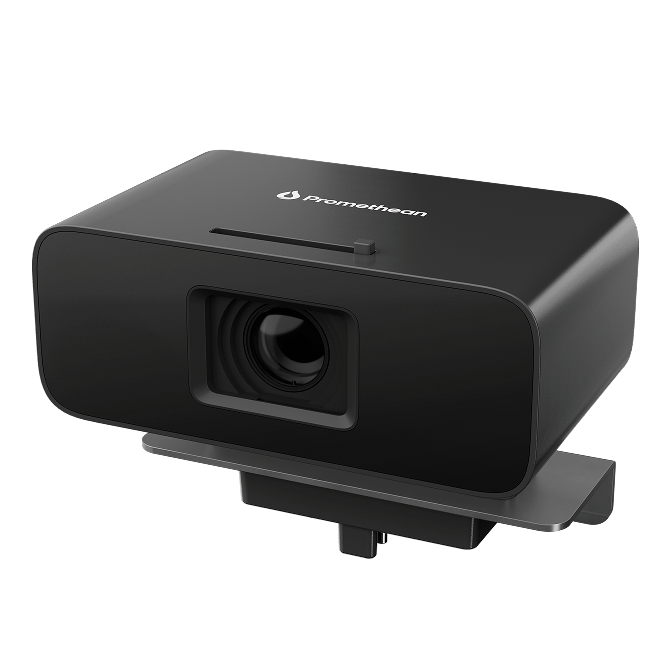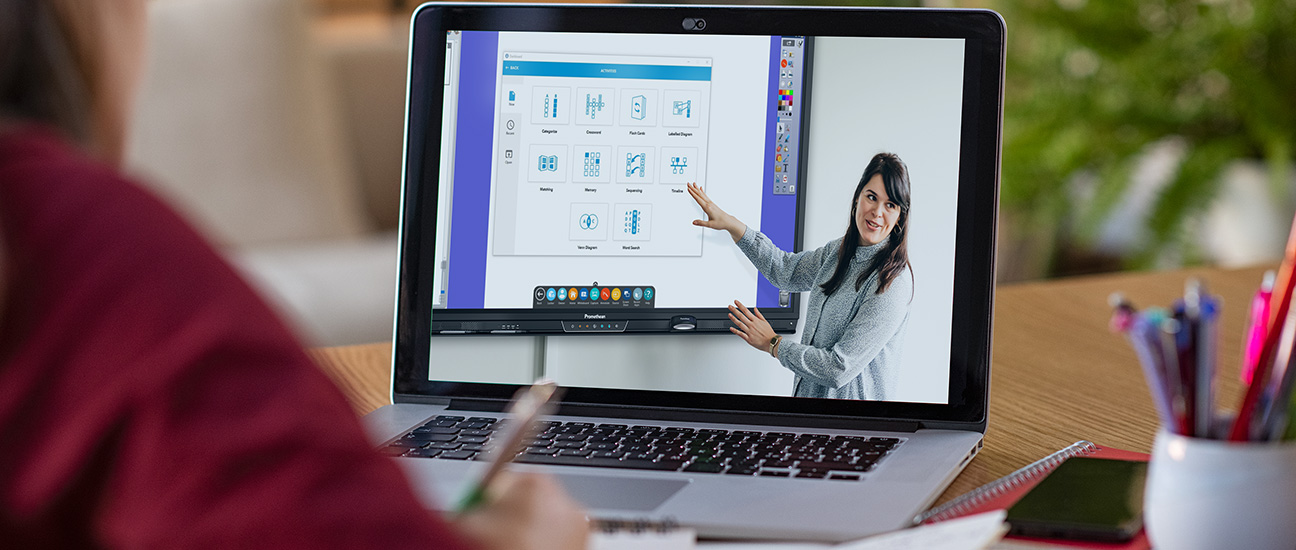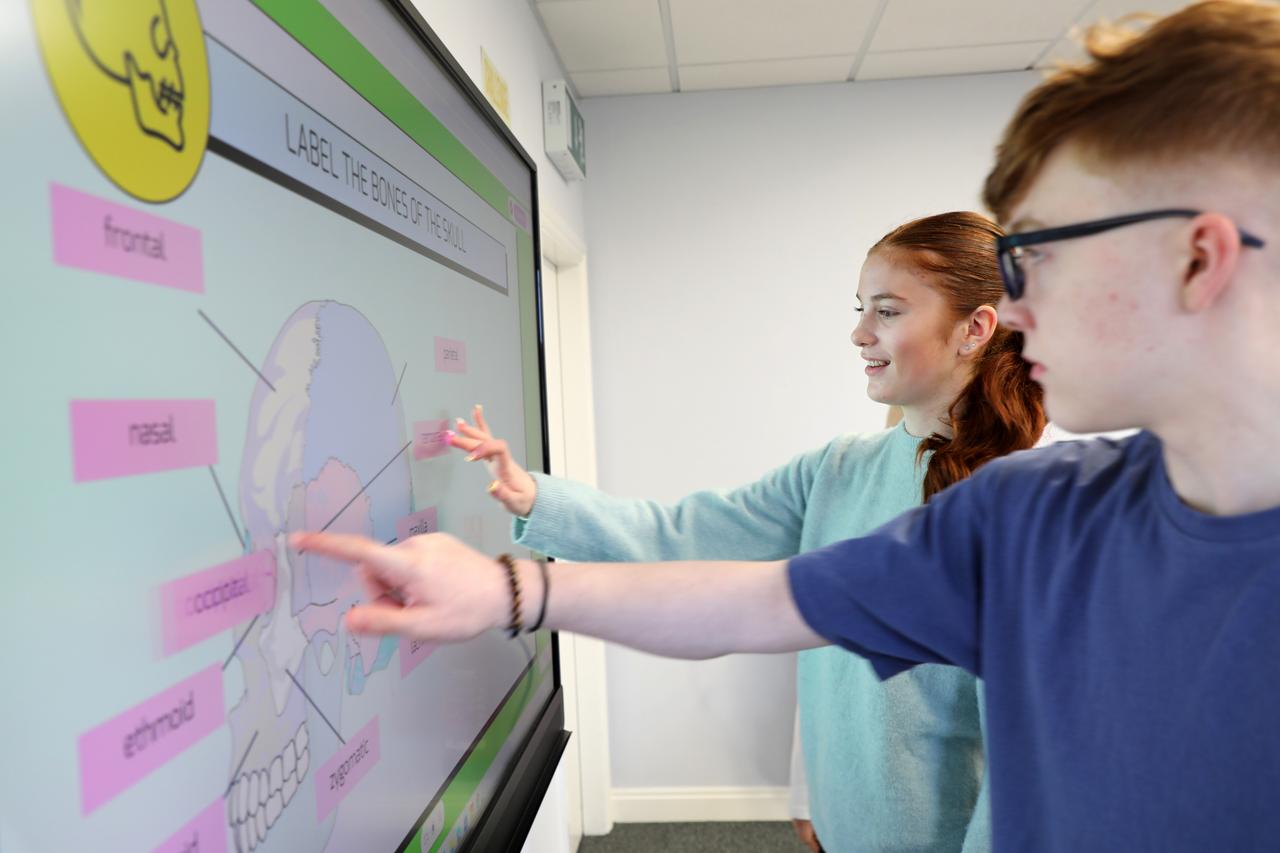Published on October 27th, 2025
Navigating the new landscape of educational technology: Inclusion, innovation, and impact
5 minute read
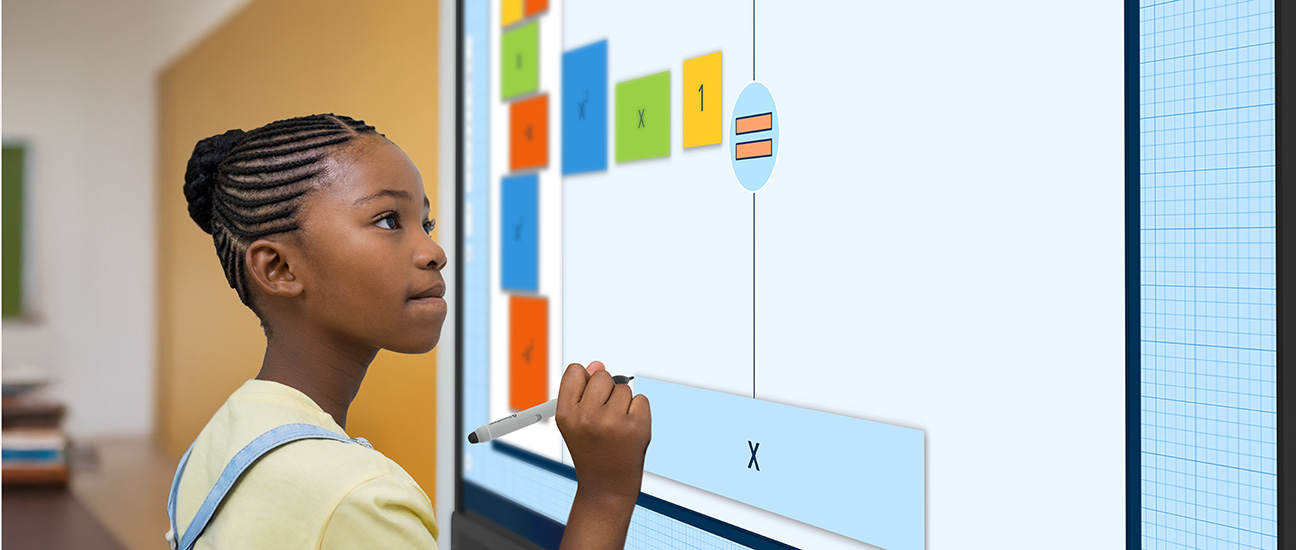
Summary
The world of education is evolving at an unprecedented pace. As technology continues to transform every aspect of teaching and learning, district leaders face a complex landscape of choices and challenges. From interactive displays and learning management systems to professional development and budget constraints, the decisions facing superintendents and procurement teams have never been more consequential or difficult.
At the heart of this challenge lies a fundamental question: how can we ensure that every educator and every student, regardless of their district’s resources or location, has access to the tools and training they need to succeed? How can we bridge the digital divide and create truly inclusive educational opportunities?
The answer, according to education technology leaders like Tim Mannschreck, lies in a new approach to educational technology partnerships. “We have to be more than just vendors,” said Mannschreck. “We have to be trusted advisors who deeply understand each district’s unique needs and goals.”
This shift from transactional sales to consultative partnerships represents a change in the education technology industry. Rather than leading with product pitches and flashy demos, true education partners start by listening. They ask questions to understand each district’s instructional priorities, strategic plans, and desired student outcomes. Only then do they craft personalized recommendations that align with those goals.
“Every district is different,” Mannschreck said. “What works for a large urban district might not be the right fit for a small rural community. Our job is to understand those differences and tailor our approach accordingly.”
For district leaders feeling overwhelmed by the array of technology options, Mannschreck offers guidance. “Start with your ‘why.’ Anchor every decision in your instructional goals and the outcomes you want for your students.” He recommends assembling a diverse team, including educators, IT staff, and procurement specialists, to evaluate solutions holistically. This ensures that any new technology will be pedagogically effective, technically feasible, and financially sustainable.
But even the best technology is only as impactful as the training behind it. That’s why Mannschreck stresses the importance of ongoing professional development and support. “Our partnerships don’t end with the sale,” he notes. “We’re committed to ensuring that every educator has the skills and confidence they need to use these tools effectively.”
This focus on inclusive, ongoing support is particularly critical for districts with limited resources. “Tiered training and personalized support are key to closing the digital divide,” Mannschreck said. “We need to meet teachers where they are and provide differentiated professional development that works for their unique context.”
Of course, all of these efforts require a long-term perspective. In an era of tight budgets and rapid technological change, districts need partners who can help them plan for the future. “Interoperability and upgradability are essential,” Mannschreck advises. “Districts should look for solutions that can evolve with their needs, rather than requiring a complete overhaul every few years.”
Ultimately, this kind of consultative, inclusive approach to educational technology partnerships has the potential to transform student outcomes. When every educator has access to the right tools and training, they can create learning experiences that engage, inspire, and empower every student.
“What excites me most about the future of education is the opportunity to make a real difference. By providing educators with the support and resources they need, we can help students develop the skills and knowledge they’ll need to thrive in a rapidly changing world,” Mannschreck said.
It’s a vision that requires collaboration, innovation, and a relentless focus on equity and inclusion. But it’s also a vision that’s within reach, if we approach the challenge with empathy, adaptability, and a commitment to partnership.
In the end, that may be the most important lesson of all. Because when it comes to educational technology, it’s not just about the tools. It’s about the relationships we build, the support we provide, and the futures we enable. That’s the true power of inclusive innovation.










